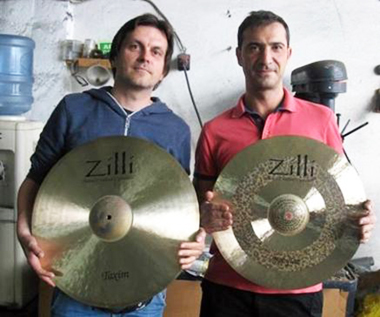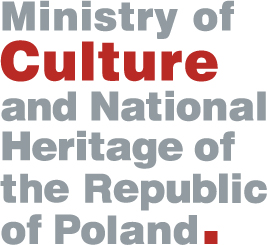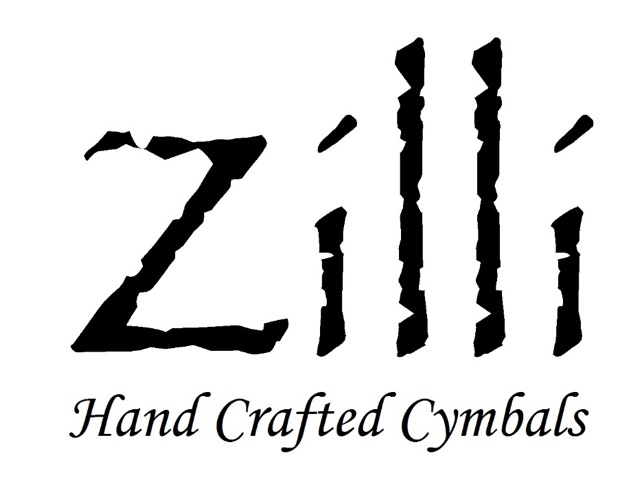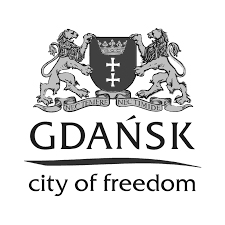
Drum Channels
Artists: Hubert Zemler - percussion,
Krzysztof Topolski - electronics, percussion, various
25 Oct 2014
Drum Channels is a project orientated residency and a performance inspired by the manufacture of the finest Turkish cymbals. The project sees electroacoustic improviser, author of sound-art projects, drummer, field recordist, and curator Krzysztof Topolski (A.K.A. Arszyn) working with Hubert Zemler, a drummer notable for his work in the Polish alternative music scene. During their residency in Istanbul artists visited local cymbal making workshops, carried field recording sessions and interviews. The result takes a form of an installation, and performance of Polish sixties experiential music including ‘Study for One Cymbal Stroke’ by Wlodzimierz Kotoński, who sadly passed away in September 2014. The Drum Channels is commissioned by the Jazz and Experimental Music from Poland festival, in collaboration with ITU/MIAM.
Programme :
Music For 16 Cymbals And String Orchestra (1969), Włodzimierz Kotoński
Conductor – Jerzy Maksymiuk
Orchestra – Wielka Orkiestra Symfoniczna Radia I Telewizji W Katowicach*
Technician – Tadeusz Nowak
Drum Channels - Cymbal Smiths (2014), Krzysztof Topolski, Hubert Zemler
Hubert Zemler – percussion
Krzysztof Topolski – electronics, percussion, various
Study on One Cymbal Stroke (1959), Włodzimierz Kotoński
Technician/Performer - Eugeniusz Rudnik
Krzysztof Topolski aka Arszyn (born 1973) - electroacoustic improviser, author of sound-art projects, drummer, field recordist. Key concepts in his work are noise and soundscape. He explores the area of percussion and live electronic, improvised and electroacoustic music. He composes with the use of computer, creates interactive and sound installations, organizes presentations and lectures on contemporary music and sound art and also runs workshops. Curator of Soundplay project in CCA Laźnia in Gdańsk. He is a member of PSeME (Polish Society for Electroacoustic Music). Published his music and sounds on labels: Post_Post, Nefryt, Monotype, Audiotong, Sqrt, Lado Abc, Plg, Konkretourist, Sangoplasmo, Bółt. In the years 2012 – 2013 he realized projects: Museum of Sounds in National Museum in Carcow, Baltic Sounds Good in the frames of Art Line. Arszyn Emigrant GPS commissioned by Emigration Museum in Gdynia and Perspektiven/Perspektywy - reinterpretations and homages to the Polish Radio Experimental Studio Warsaw and the Studio des WDR für Elektronische Musik Köln, Düsseldorf, Dortmund, Köln, Germany. In 2009, together with Mariusz Waras, he created installation Fabryka (Factory) in CCA Znaki Czasu (Signs of Time) in Toruń and also presented the piece Folk Science as a part of Pandemonium project in AC Institute [Direct Chapel] in New York.
Hubert Zemler is a percussion player born in 1980 in Warsaw, Poland. Zemler is an active member of Warsaw’s independent music scene. His musical education started in 1987 in the Karol Szymanowski National Music School in Warsaw. In 1999 he started studying percussion in Fryderyk Chopin’s Musical Academy in Warsaw. At that time he was inspired by jazz, contemporary music and improvisation. He recorded material as TRIA – their style was compared to the American jazz avant-garde of the 1960’s. In 2002-2003 Zemler toured the Middle East (Syria, Jordan, Egypt and Lebanon) promoting Krzysztof Komeda’s work. Over the next years he collaborated with musicians representing various, often very distant musical realms. From symphonic orchestras, through jazz, world music, rock and blues, sophisticated pop, to contemporary and improvised music. Winning a bronze medal at the Delphic Games in South Korea in 2009 inspired him to play improvised solo percussion concerts. He releaed two solo albums “Moped”(2011) and Gostak & Doshes (2014).
Włodzimierz Kotoński is one of Poland’s leading composers of new music. He began experimenting with electronic transformations of sound in the late 1950s, when attending the International Summer Courses of New Music in Darmstadt. In 1959 Kotoński authored the first autonomous piece for tape composed in Poland: Etiuda konkretna na jedno uderzenie w talerz [Study on one cymbal stroke - musique concréte], as well as many others. His compositions for traditional instruments also frequently use electronic sounds either pre-recorded on tape or produced in concert as “live electronic music”. Kotoński was the first composer who collaborated with the Polish Radio Experimental Studio, which he did regularly since 1958. He also worked at other electronic music centers: the Westdeutscher Rundfunk Studio in Cologne (1966-67), Groupe de Recherches Musicales ORTF in Paris (1970), the Südwestfunk Baden-Baden Studio in Freiburg (SWF - 1979), the Stiftelsen Elektroakustik Musik i Sverige in Stockholm (EMS - 1984), and Groupe de Musique Expérimentale de Bourges (GMEB - 1986). Włodzimierz Kotoński is also the author of the fundamental publication Electronic Music, which appeared in Polish in 1989.
Supported by the Polish Ministry of Culture and National Heritage.
www.turkiye.culture.pl



